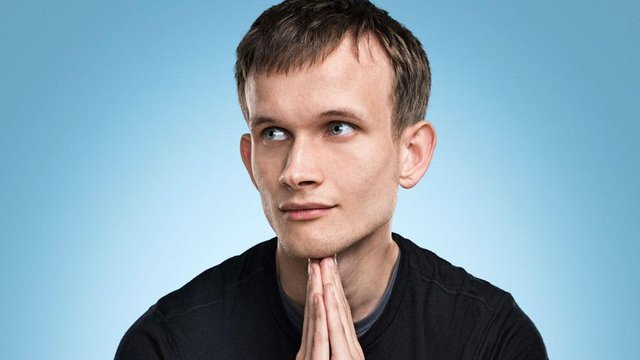
Vitalik Buterin, the creator of Ethereum, has explained in a recent OmiseGO AMA session that with second-layer solutions such as Sharding and Plasma, the Ethereum network will eventually be able to process 1 million transactions per second and potentially more than 100 million transactions per second.
Scalability Struggles of Leading Blockchain Networks
Previously, at various conferences and presentations, Buterin emphasized that the Ethereum blockchain protocol and decentralized blockchain networks, in general, are struggling to deal with scalability issues.
In September 2017, during an interview with venture capital investor Naval Ravikant at the Disrupt SF 2017 conference hosted by TechCrunch, Buterin noted that bitcoin and Ethereum have been processing three to six transactions per second at peak capacity. He added that for the blockchain to support large-scale payment networks such as Visa, stock markets like Nasdaq, and Internet of Things (IoT) networks, it will have to process hundreds of thousands of transactions per second.
“Bitcoin is currently processing a bit less than three transactions per second and if it goes close to four, it is already at peak capacity. Ethereum has been doing five per second and if it goes above six, then it is also at peak capacity. On the other hand, Uber on average does 12 rides per second, PayPal several hundred, Visa several thousand, major stock exchanges tens of thousands, and in IoT, you’re talking hundreds of thousands per second,” said Buterin.
During the OmiseGO AMA session, Buterin stated that second-layer scaling solutions that are currently being tested on the Ethereum testnet could enable the Ethereum blockchain network to support large-scale decentralized applications with millions of users by taking an innovative approach in optimizing the blockchain.
Sharding in specific splits a blockchain network to shards which are then equipped with a group of nodes that are tasked to process information of certain shards. With Sharding enabled, all nodes on the blockchain are not required to process every single piece of data settled on the blockchain, optimizing the process of settling information.
Plasma, a solution developed by Buterin and Lightning Network co-author Joseph Poon, operates similarly to Bitcoin’s Lightning Network, as it enables Ethereum to process micropayments by creating child blockchain networks within the main blockchains to process information more swiftly, leveraging the security of the main Ethereum protocol and thus not leaving the network vulnerable to potential attacks.
1 Million Tx / Second
Buterin further noted that the synergy between layer 1 and layer 2 solutions would increase the scalability of Ethereum by 10,000x, allowing the network to process millions of transactions per second and supporting most applications.“So if you get a 100x from Sharding and a 100x from Plasma, those two basically give you a 10,000x scalability gain, which basically means blockchains will be powerful enough to handle most applications most people are trying to do with them,” Buterin added.
Brian Mayes
Congratulations @crypto-guy! You have completed some achievement on Steemit and have been rewarded with new badge(s) :
Click on any badge to view your Board of Honor.
For more information about SteemitBoard, click here
If you no longer want to receive notifications, reply to this comment with the word
STOPDownvoting a post can decrease pending rewards and make it less visible. Common reasons:
Submit
Congratulations @crypto-guy! You received a personal award!
You can view your badges on your Steem Board and compare to others on the Steem Ranking
Vote for @Steemitboard as a witness to get one more award and increased upvotes!
Downvoting a post can decrease pending rewards and make it less visible. Common reasons:
Submit